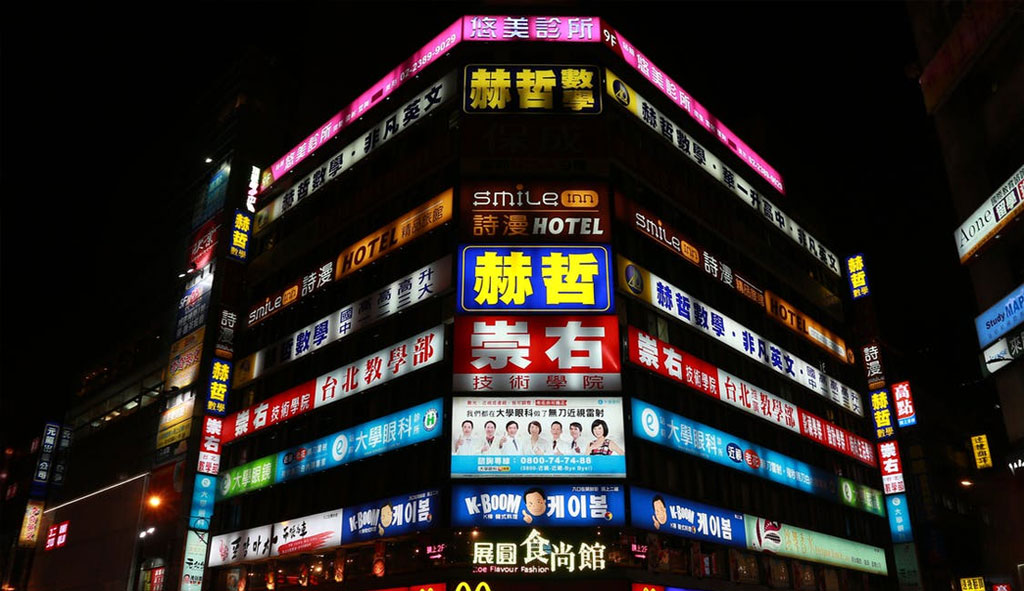
Translation involves rendering one language to another. Sounds simple enough. However, without proper attention to context and culture, the intended meaning can be lost in the translated text. Phrases in one language should not be expected to directly translate word for word into another language. Poetry, for example, doesn’t directly translate because it’s filled with feelings and personal interpretation. For brands, slogans, and taglines often include regional slang and colloquial words that require an approach beyond translating methods alone.
That’s where transcreation comes in.
What is transcreation?
Transcreation is the merger of two words: translation and creation. It’s an intricate form of translating that preserves the original intent, context, emotion, and tone. Originally conceived by marketing and advertising professionals, the goal of transcreation is to duplicate the message thoughtfully and seamlessly, without audiences realizing a translation ever occurred. The finished product should give the audience an identical emotional experience as the source message.
The process
Where translation usually begins with a source text, the transcreation process frequently kicks off with a creative brief. The expert producing the transcreation must have the skills and knowledge to not only know the cultural nuances of both languages but must understand the “spirit” of which the original message was created. In the process, the transcreator may also take creative liberties and make significant changes to the translation in order to uphold its original meaning. With special attention given to the end user, all content created should resonate with audiences from a cultural point of view.
In addition to translated copy, transcreators can also advise on the look and feel of the client’s campaign. The expert will assure that all creative, such as imagery, color, and layouts, align and will resonate with the local market. Again, the goal is not just to translate text, but to evoke emotion with proper cultural adaption across all fractions of the campaign. For example, the expert will recommend if models in advertisements need to be replaced to better fit the demographics of the different market.
How to improve the process?

Due to its dynamic strategy and attention to various aspects of a campaign, transcreation has become a focus within the translation industry. To better improve the complex process, it’s important that the source copy is final before moving it into transcreation. Last-minute changes can disrupt the transcreation process and extend projects past the deadline. Also, because creative liberties are often taken in transcreation, it’s extremely beneficial to have an approval process in place with sign-off from a relevant product or brand manager within the target market of the campaign.
A prime example of a brand utilizing transcreation is McDonald’s, which adjusted its North American slogan from “I’m lovin’ it” to “I just like it” in China. The word “love” in the Chinese language is extremely serious and rarely said aloud. “I just like it” is a localized expression more in line with Chinese culture. In addition to slogans, McDonald’s also localized their menus to suit the tastes of the target market. A McDonald’s in the Philippines, for example, may offer the McRice burger, while a McDonald’s in India will offer a McPaneer Royale. When done correctly, transcreation is an effective way for brands to authentically reach new markets in a meaningful way and achieve greater brand engagement and recognition.











